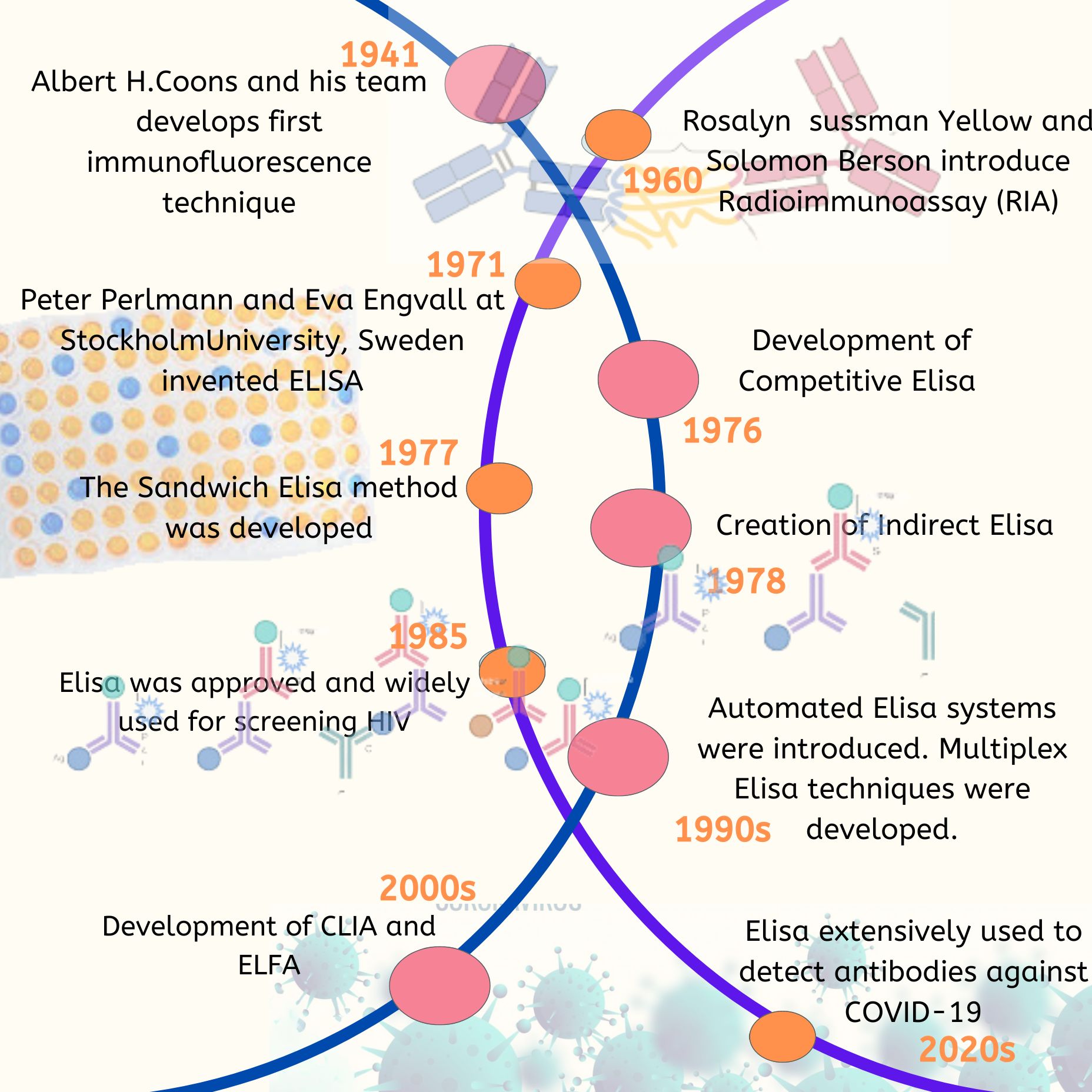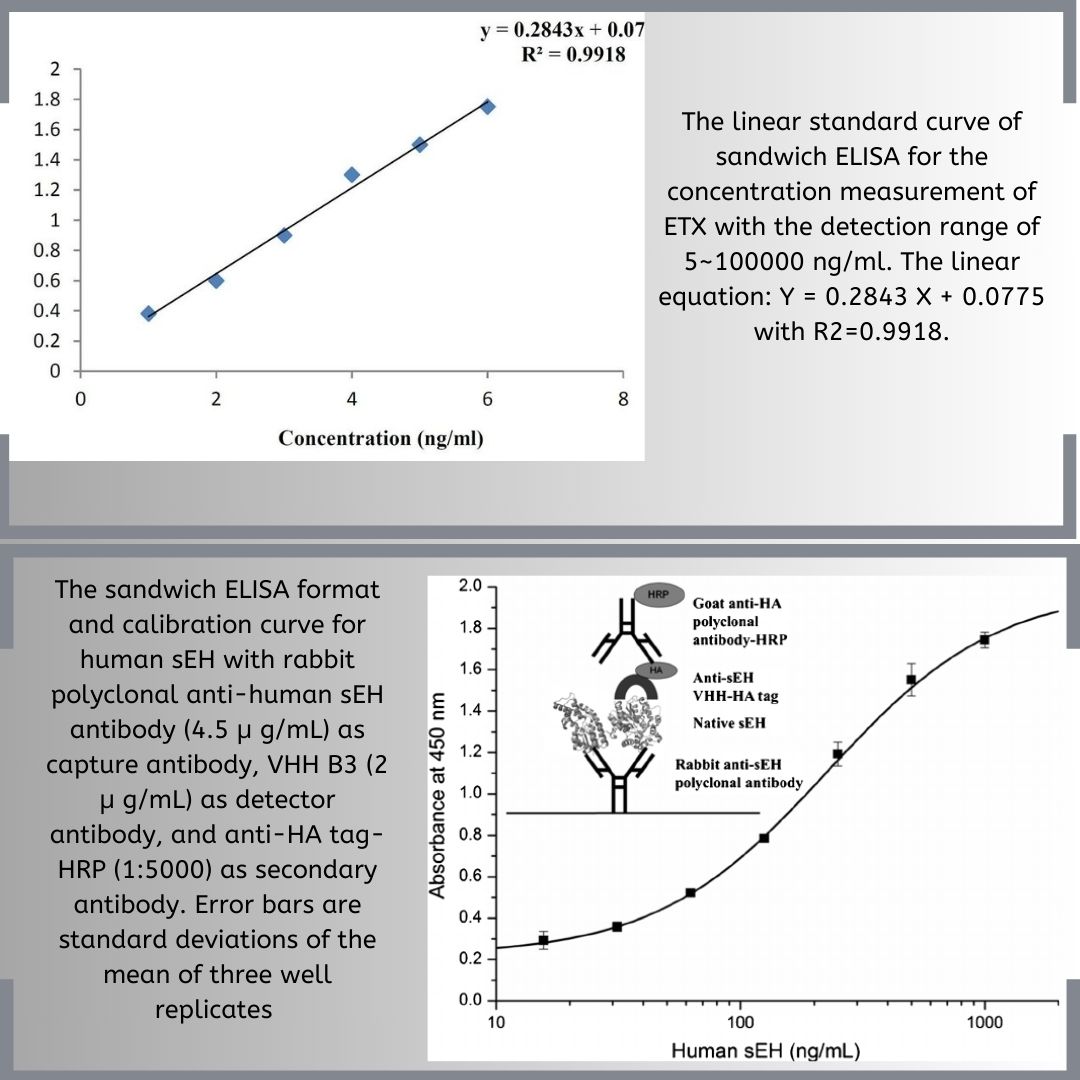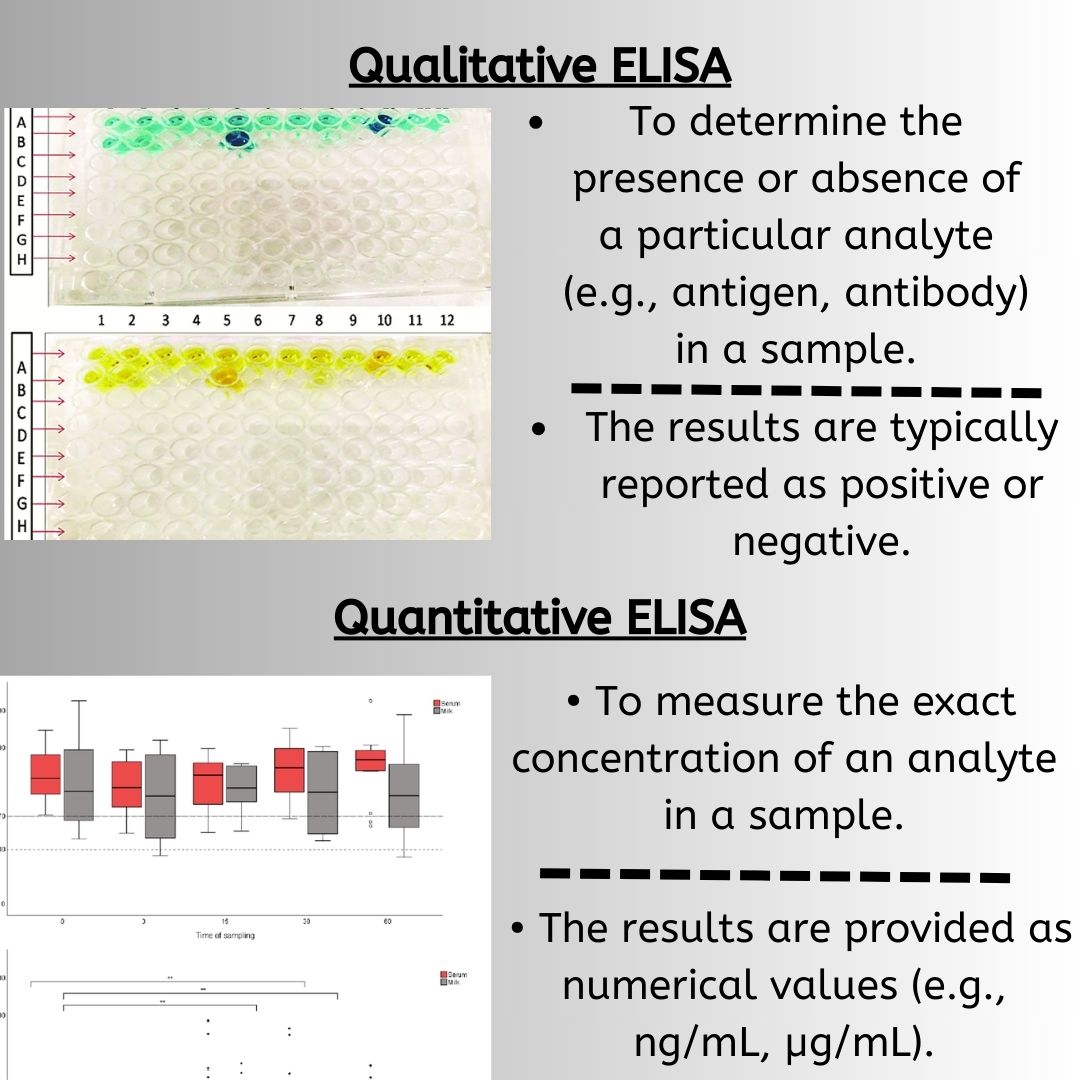
by MyBiosource Editorial Team | Jul 22, 2024 | Uncategorized
Advancements in ELISA technology have introduced precision and innovation, significantly enhancing its sensitivity and specificity for detecting and quantifying target proteins across a variety of samples. Originally developed as an alternative to radioimmunoassay,...

by MyBiosource Editorial Team | Jul 18, 2024 | Uncategorized
ELISA RIA Basic Principle Uses enzymes linked to antibodies. Detection is based on a color change or light emission from an enzyme-substrate reaction. Uses radioisotopes to label antigens. Detection is based on measuring radioactivity emitted from the antigen-antibody...

by MyBiosource Editorial Team | Jul 18, 2024 | Uncategorized
ELISA assays, while widely used and effective, face several challenges that can impact their accuracy and reliability. Key issues include cross-reactivity, where non-target proteins bind to antibodies, leading to false positive or negative results. Variability in...

by MyBiosource Editorial Team | Jul 17, 2024 | Uncategorized
In ELISA, documentation is critical for tracking validation steps and ensuring consistency throughout the process. Proper labeling of samples and reagents is essential to avoid mix-ups. Using a calibrated pipette for accurate measurements helps in...

by MyBiosource Editorial Team | Jul 17, 2024 | Uncategorized
Selecting the right ELISA kit is crucial for accuracy, precision, and reliable results in detecting and quantifying specific antigens or antibodies. The selection of the kit should be based on several criteria, including the kit’s quality, specificity,...









